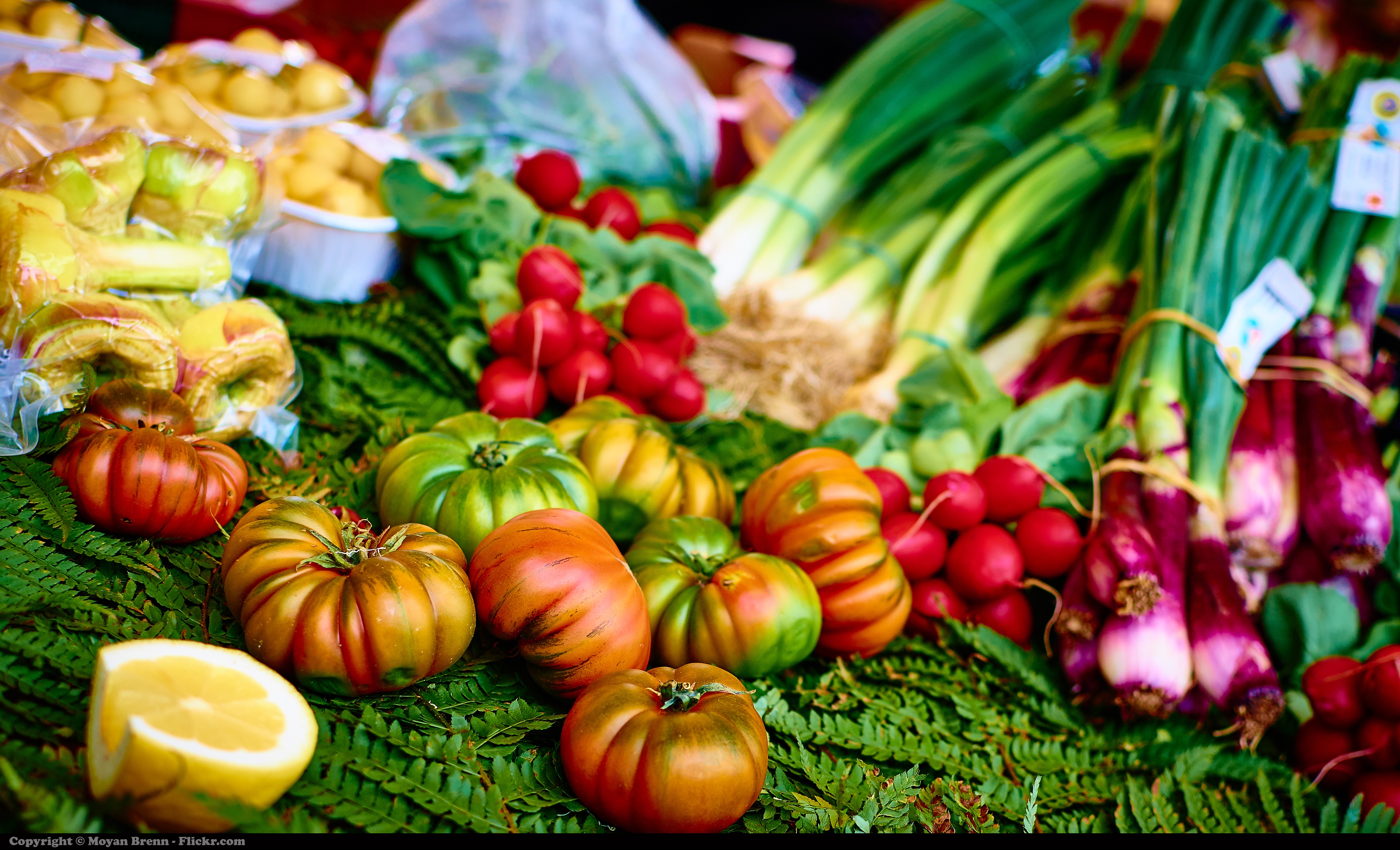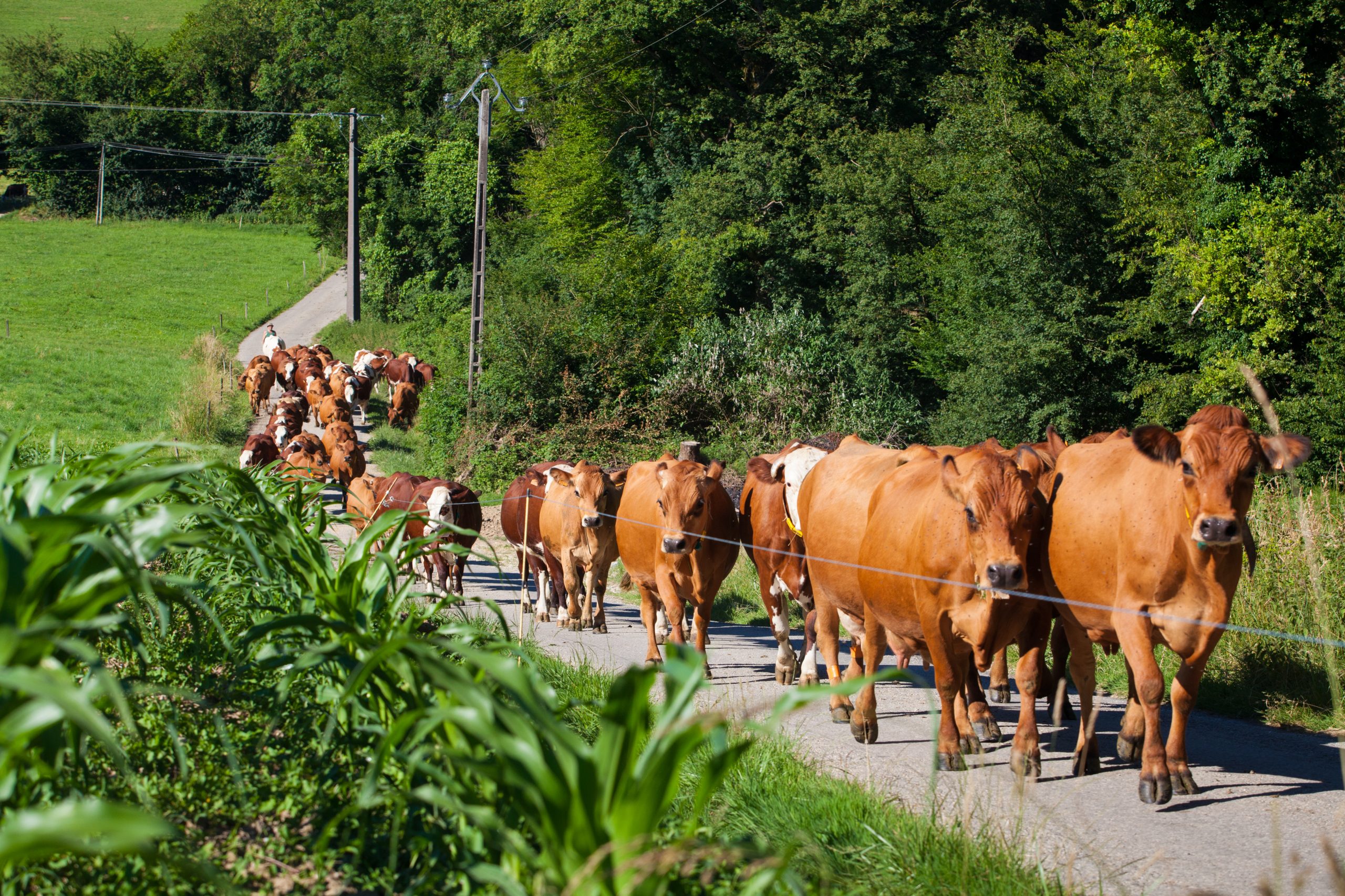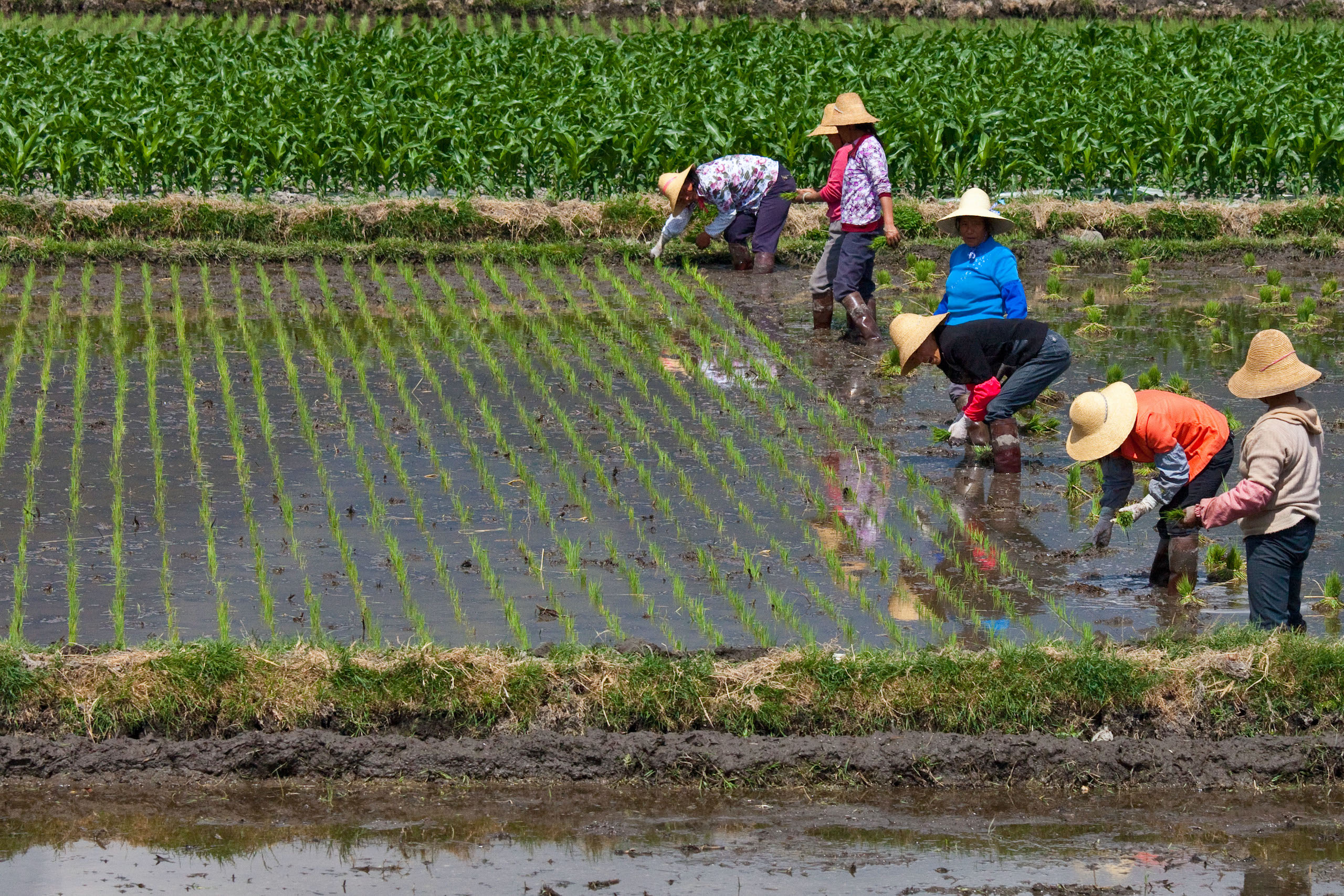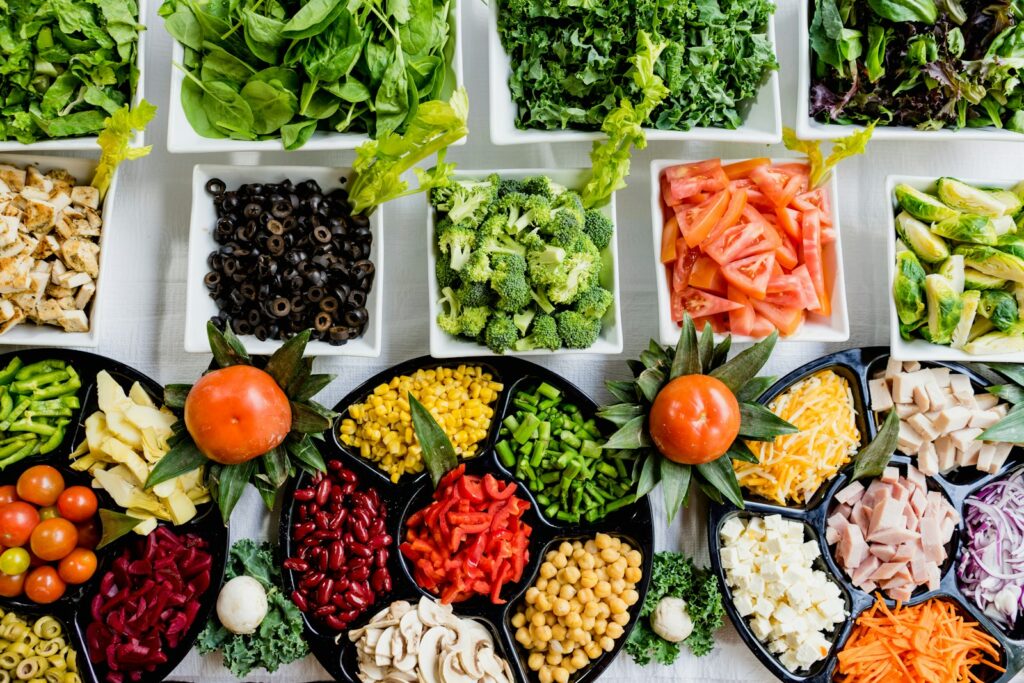
File:Diet (16866248345).jpg – Wikimedia Commons, Photo by wikimedia.org, is licensed under CC BY 2.0
As society evolves across generations, so too do its dietary habits. While much attention is given to the preferences of Millennials and Gen Z, it is essential to recognize the foundational influence of Baby Boomers. Their tastes helped shape today’s food landscape, and understanding this generational progression offers insight into current and future trends.

“Gen Z” by launceston_lad is licensed under CC BY-NC 2.0
The Digital Influence of Gen Z
Generation Z, the youngest cohort of consumers, is growing up in a globally connected, digital-first world. Social media platforms play a central role in how they discover recipes, restaurants, and food products. This constant online engagement makes them highly responsive to trends, often shifting rapidly between emerging superfoods and viral food fads.
Despite being price-conscious—many are students or early in their careers—Gen Z allocates a higher percentage of their income to food than Millennials did at the same age. Convenience is a top priority, with a clear preference for snacks and ready-to-eat meals that suit their fast-paced lifestyles.

Understanding Mixed Crop and Livestock Farming, Photo by folio3.com, is licensed under CC BY-SA 4.0
Farming Trends: Meeting Evolving Demands
The growing influence of Millennials and Gen Z is driving significant changes in agriculture. As large demographic groups, their entry into the consumer market is increasing overall food demand. However, their preferences are also reshaping what is being produced.
There is rising demand for fresh fruits and vegetables, reflecting a focus on health and plant-based diets. Whole grains are also gaining popularity, signaling a shift away from the processed foods favored by older generations. Additionally, there is growing interest in ethically sourced meat and dairy, highlighting increased awareness of animal welfare and sustainable practices.

What are the Health Benefits of Organic Farming? – NutritionFact.in, Photo by nutritionfact.in, is licensed under CC BY-SA 4.0
Urbanization and the Local Food Movement
As more people move to urban centers, farmers face the challenge of efficiently delivering fresh produce to densely populated areas. Millennials and Gen Z show a strong preference for locally sourced, seasonal foods. They value freshness and minimal transportation, often willing to pay a premium for products harvested recently and nearby.
This trend requires innovation in supply chains, with a focus on shortening the journey from farm to table. Farmers who can adapt to these logistical demands are well-positioned to benefit from this shift in consumer behavior.

Rice Agriculture, Photo by chinadialogue.net, is licensed under CC BY-SA 4.0
Sustainability and Ethical Production
Younger consumers are increasingly concerned with how food is produced. Labels such as “organic,” “non-GMO,” “cage-free,” and “grass-fed” are no longer optional—they are expected. These designations reflect broader values around environmental responsibility and animal welfare.
Consumers are also becoming more informed, learning to distinguish between credible certifications and marketing claims. As a result, farmers must invest in transparent, ethical practices and be prepared to communicate their methods clearly. This shift marks a fundamental change in the relationship between producers and consumers.

Integrated Organic Farming: A Holistic Approach to Agriculture, Photo by agrifarming.in, is licensed under CC BY-SA 4.0
Technology in Agriculture
To meet rising demand while adhering to stricter standards, farmers are turning to technology. Tools such as in-field sensors, autonomous machinery, and data-driven management systems are becoming essential. These innovations improve traceability, sustainability, and efficiency.
Technology also enables higher yields from the same amount of land, a critical factor in feeding a growing population. Early adoption of these tools, alongside certification in sustainable practices, positions farmers for long-term success in a market shaped by younger generations.

Food Waste: Why is it a problem? | Greenspark, Photo by website-files.com, is licensed under CC BY-SA 3.0
The Issue of Food Waste
Beyond production and consumption patterns, food waste remains a pressing global issue. Recent studies in the UK reveal that the average household discards approximately £800 worth of edible food annually. Common items include bread, bananas, and milk.
Alarmingly, three-quarters of households report throwing away unopened or unused food, with over a third doing so at least once a month. Half a million people discard food daily simply because they forgot about it or never used it. This waste is often attributed to busy lifestyles, poor planning, and uncertainty about how to use ingredients before they spoil.

Photo by Dan Gold on Unsplash
Looking Ahead
As Millennials and Gen Z continue to influence the market, their priorities—sustainability, local sourcing, and waste reduction—will drive further innovation in food systems. From high-tech agricultural solutions to shorter, more transparent supply chains, the future of food is being shaped by a generation that values not only what they eat, but how it is produced.
However, challenges such as food waste highlight the need for consumer accountability. Ultimately, the evolving food landscape reflects a convergence of taste, ethics, and efficiency—guided by generations who care deeply about the origins and impact of their meals.



